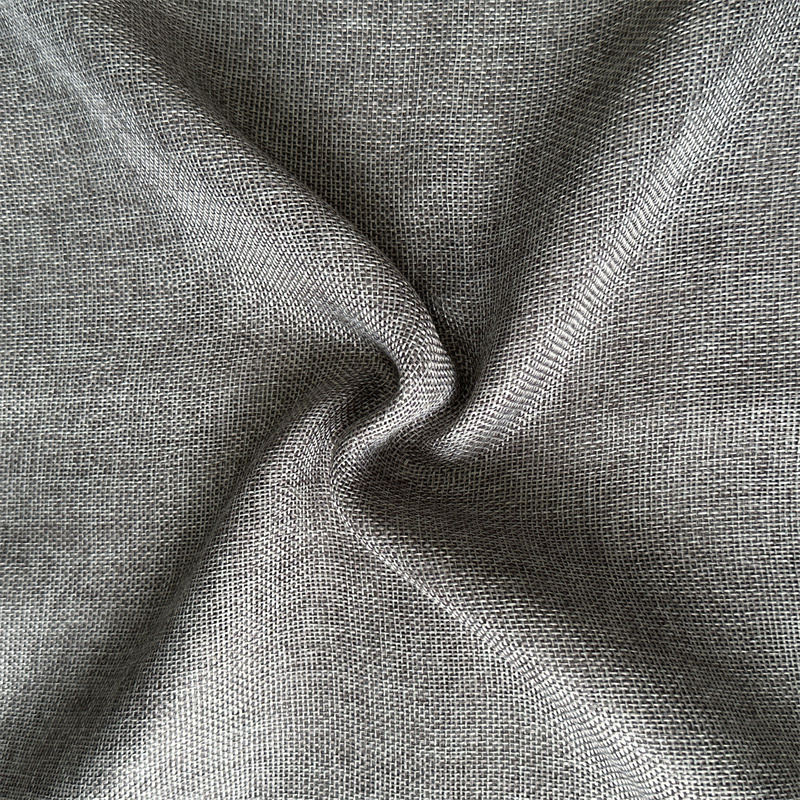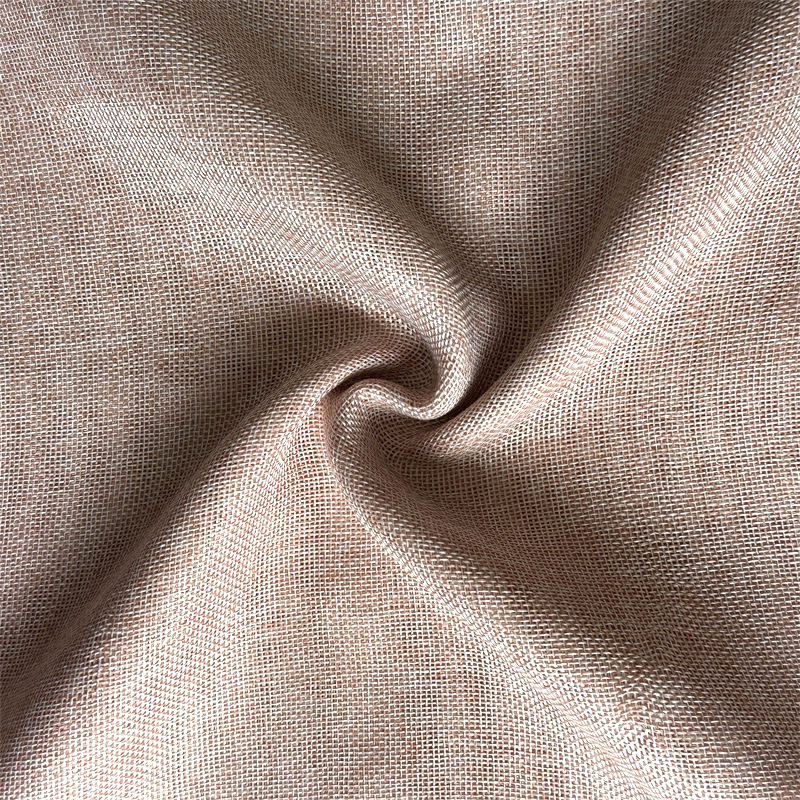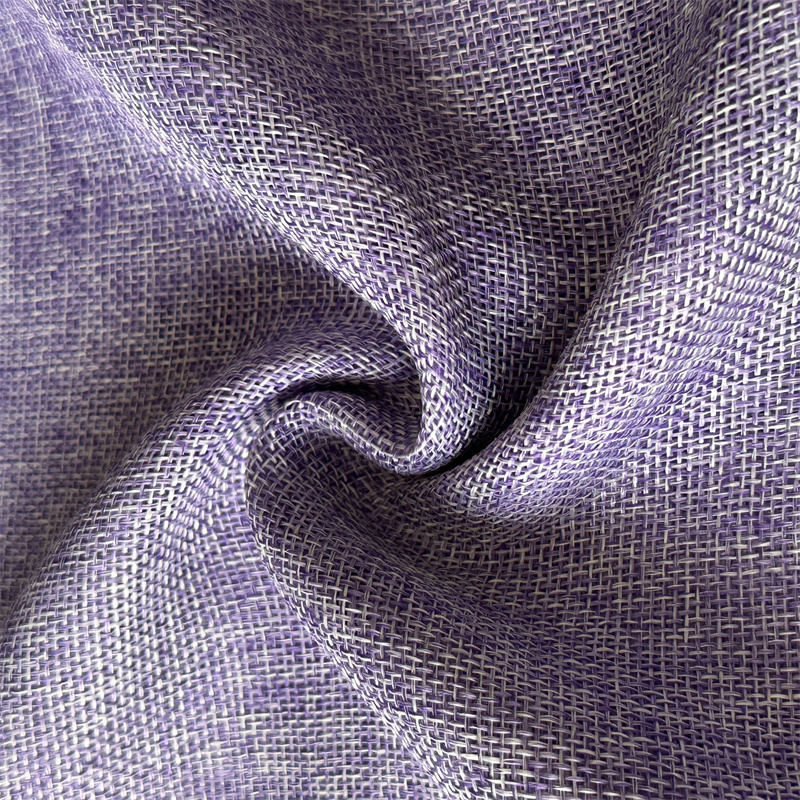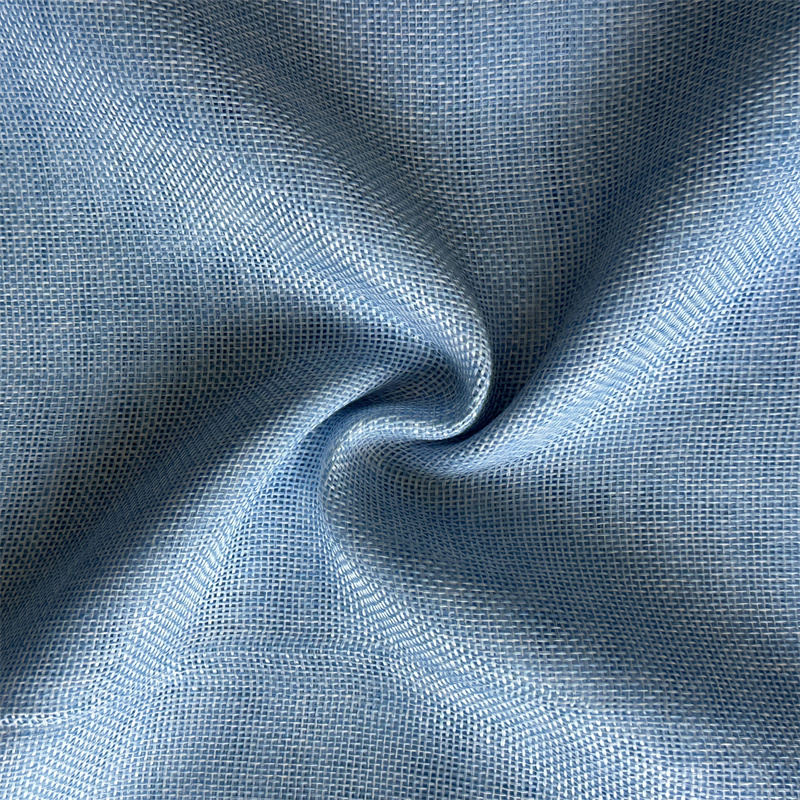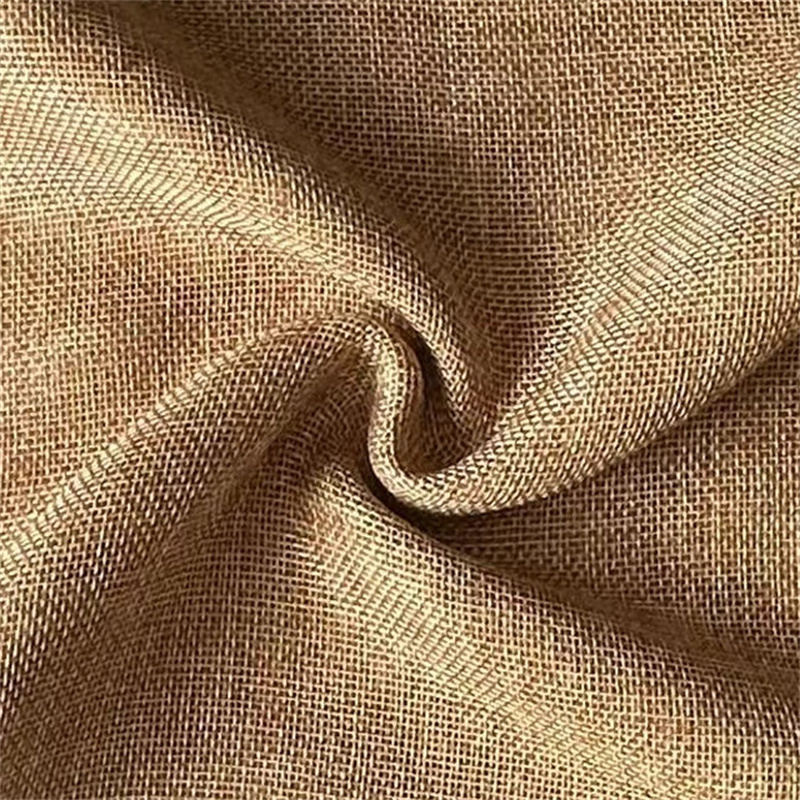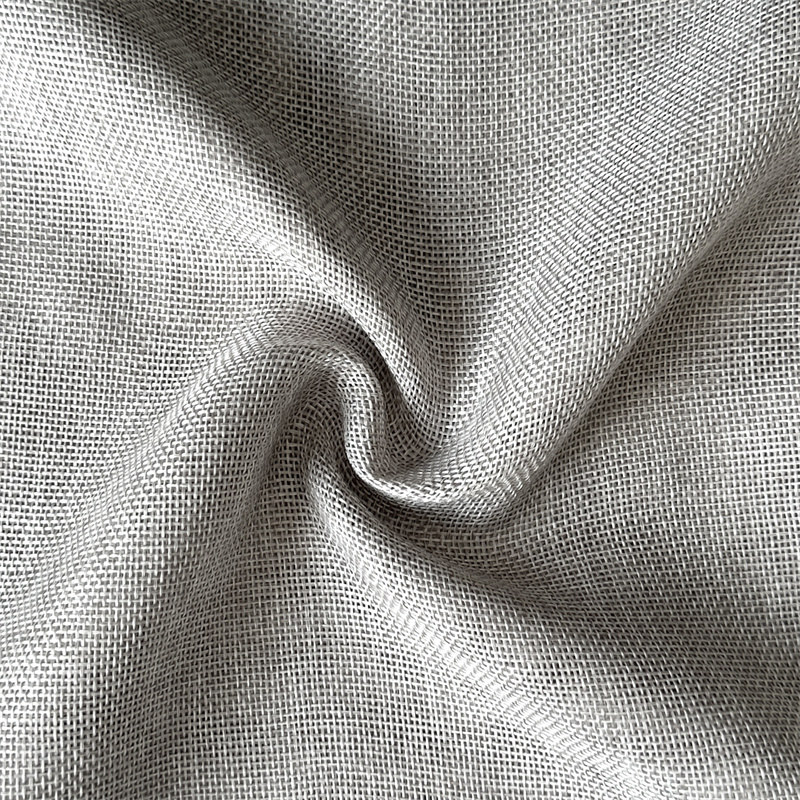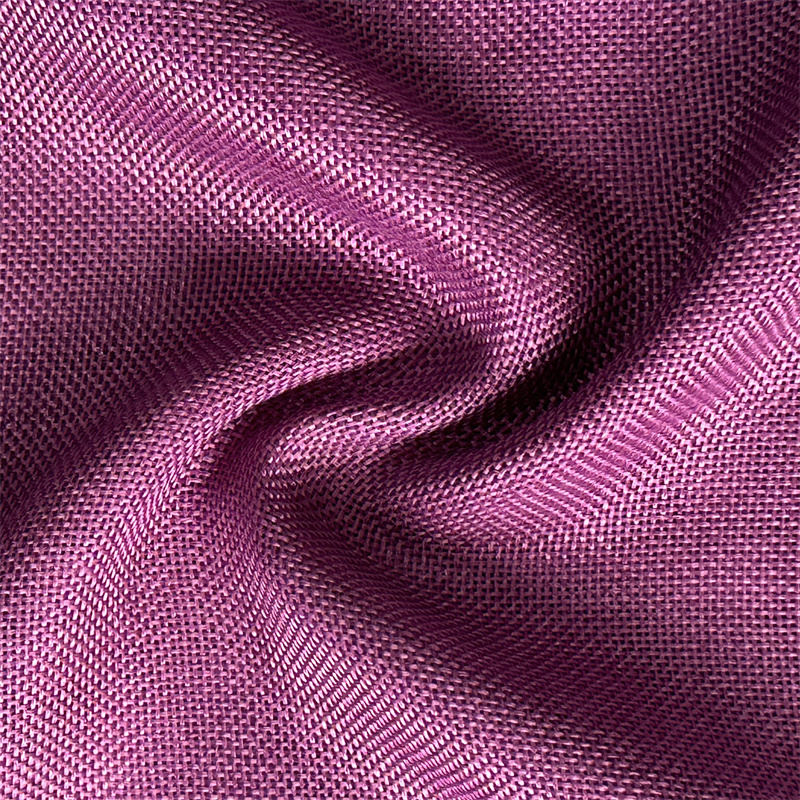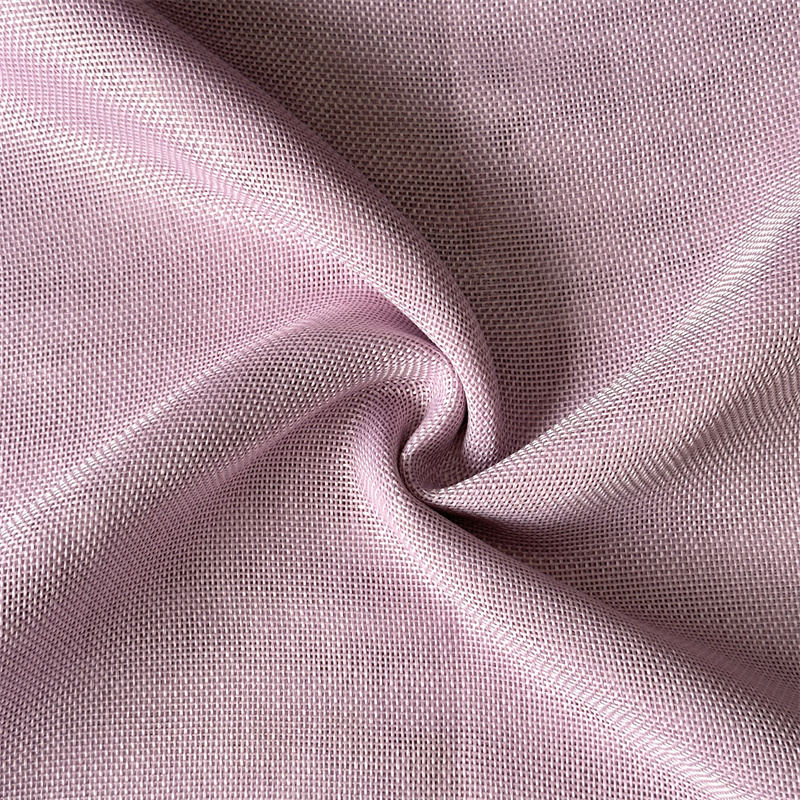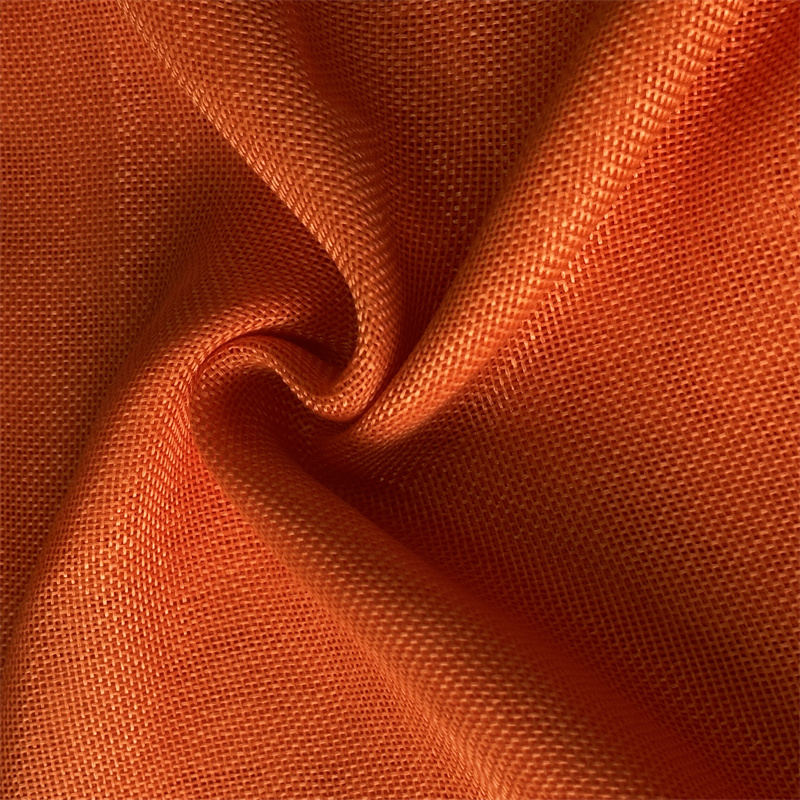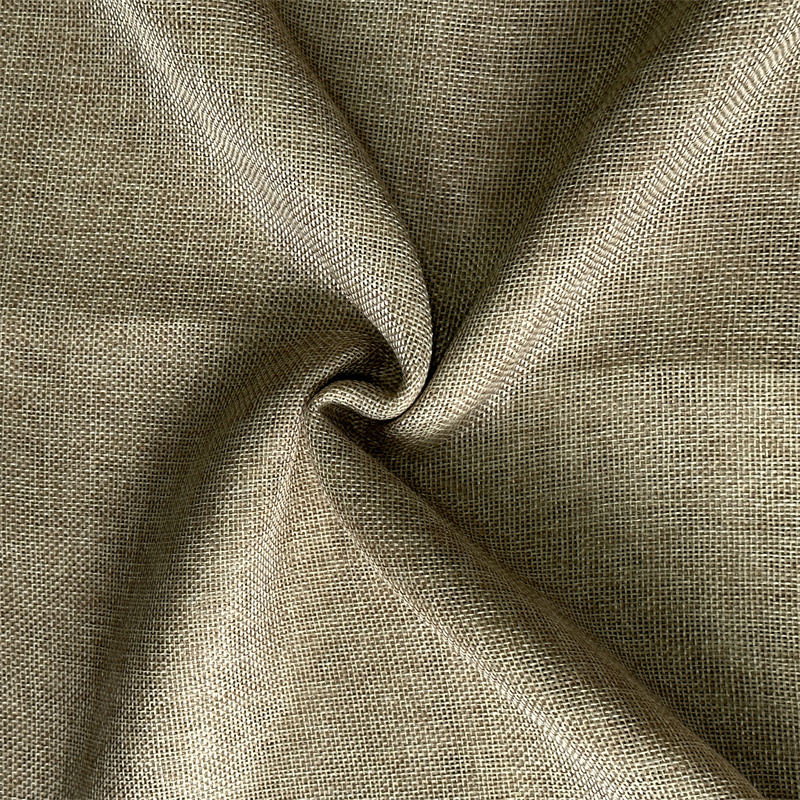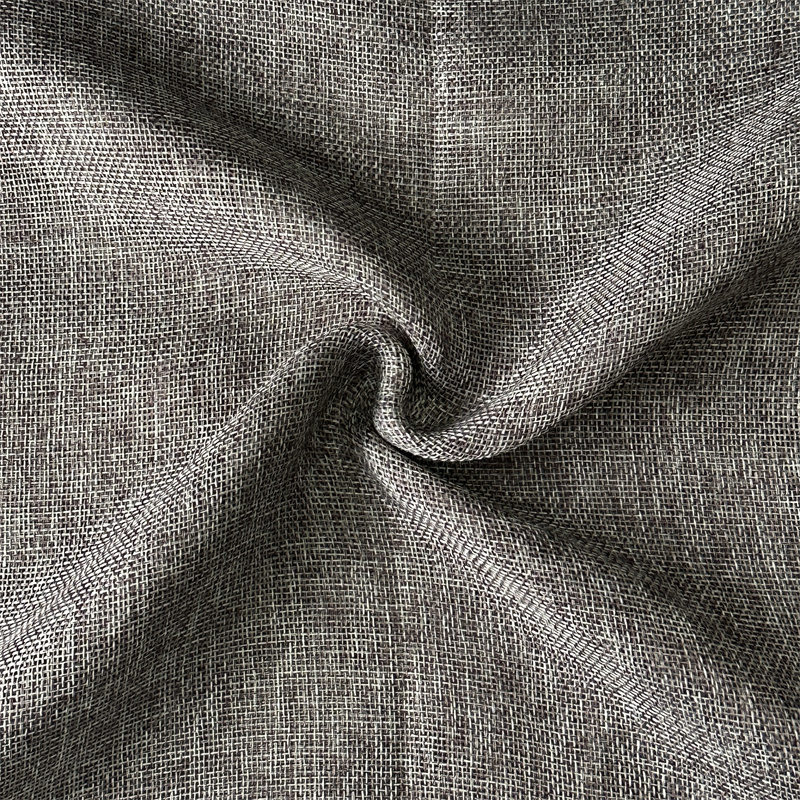Silk has long been celebrated for its luxurious feel, smooth texture, and elegant drape. However, natural silk is expensive, delicate, and requires careful maintenance, making it less practical for everyday clothing. To address these limitations, imitation silk fabrics—also known as synthetic or artificial silk—have been developed. These fabrics mimic the appearance and hand-feel of real silk while offering greater affordability, versatility, and ease of care. Among the most frequently asked questions about imitation silk is whether it is durable enough for everyday clothing. This article explores the composition, characteristics, and performance of imitation silk fabrics, comparing them to natural silk and other commonly used textiles, to evaluate their suitability for daily wear.
Understanding Imitation Silk Fabric
Imitation silk fabric refers to textiles designed to replicate the luxurious qualities of natural silk using synthetic or semi-synthetic fibers. The most common types include:
- Polyester Silk: Made from synthetic polyester fibers, it mimics the smooth texture and sheen of silk while offering enhanced strength and resistance to wrinkling.
- Rayon (Viscose) Silk: Derived from regenerated cellulose fibers, rayon silk has a soft, silky feel and excellent drape, closely resembling natural silk.
- Nylon Silk: Nylon fibers can also produce fabrics with a lustrous finish and soft texture, often blended with other fibers for durability.
Unlike natural silk, which is produced from silkworm cocoons, imitation silk relies on industrial fiber production. This difference in origin affects the properties, durability, and care requirements of the fabric.
Key Factors Affecting Durability
Durability in clothing refers to a fabric’s ability to withstand repeated wear, friction, washing, and exposure to environmental elements without significant deterioration. Several factors influence the durability of imitation silk fabrics:
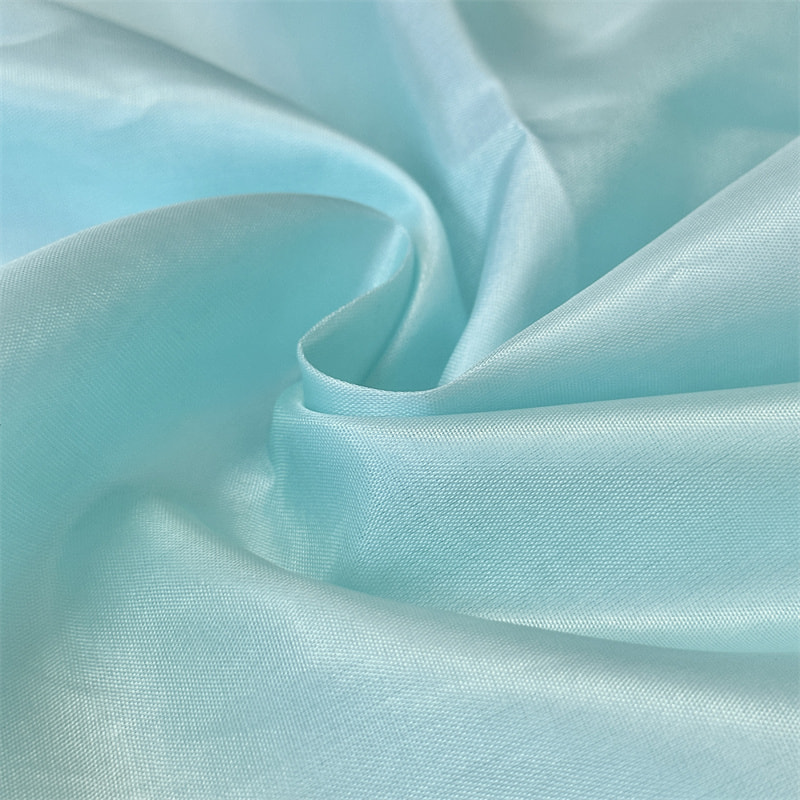
-
Fiber Strength
Synthetic fibers such as polyester and nylon have higher tensile strength compared to natural silk. This means they are less prone to tearing, stretching, or fraying, making garments more resilient to daily wear. Rayon fibers are softer and less strong than polyester, but advances in manufacturing techniques, such as blending with synthetic fibers, can enhance their durability. -
Resistance to Abrasion
Everyday clothing is subjected to friction from body movement, accessories, and contact with surfaces. Polyester-based imitation silk exhibits high abrasion resistance, meaning it can endure frequent movement and rubbing without developing pilling or thinning. Rayon fabrics, while softer, are moderately susceptible to abrasion, requiring careful handling for prolonged use. -
Wrinkle Resistance
Natural silk wrinkles easily, which can reduce its practical suitability for everyday clothing. Polyester and nylon imitation silk fabrics are naturally resistant to wrinkling, maintaining a smooth, polished appearance even after extended wear. Rayon fabrics tend to wrinkle more easily than synthetics but less than natural silk, and careful laundering can preserve their appearance. -
Color Fastness
Synthetic fibers have excellent color retention properties, resisting fading from washing, sunlight, and sweat. This makes polyester and nylon silk ideal for clothing that is worn frequently and washed regularly. Rayon fabrics may fade more quickly if exposed to strong sunlight or harsh detergents, though modern finishing treatments often improve colorfastness. -
Moisture and Stain Resistance
Polyester and nylon fibers are hydrophobic, meaning they repel water and dry quickly. This helps prevent staining and reduces the likelihood of water damage or shrinkage. Rayon and other cellulose-based fibers are more absorbent, which can make them prone to water stains and shrinkage unless properly treated.
Comparison to Natural Silk and Other Fabrics
To evaluate whether imitation silk is suitable for everyday clothing, it is useful to compare its durability to natural silk and other common fabrics:
- Natural Silk: While extremely soft and luxurious, silk is delicate, susceptible to abrasion, fading, and shrinkage, and requires handwashing or dry cleaning. Natural silk is better suited for occasional wear or formal clothing rather than daily use.
- Cotton: Cotton fabrics are strong, breathable, and easy to care for, making them ideal for everyday wear. However, cotton lacks the drape, sheen, and luxurious feel of silk, which imitation silk successfully mimics.
- Polyester: Polyester fabrics are highly durable, wrinkle-resistant, and colorfast. Imitation silk made from polyester combines these advantages with a silk-like appearance, making it more practical for frequent use than natural silk.
- Rayon: Rayon imitation silk provides softness and elegance but is less durable than polyester. Careful laundering and avoiding harsh abrasion can extend its lifespan, making it suitable for moderate daily wear.
Applications in Everyday Clothing
Imitation silk fabrics are widely used in everyday clothing, thanks to their blend of aesthetics and practicality:
-
Blouses and Shirts
Polyester and rayon silk blouses offer a soft, smooth texture with a luxurious look. They maintain shape and color after frequent washing and wearing, making them suitable for office wear and casual outfits. -
Dresses and Skirts
Imitation silk dresses provide elegant drape and sheen similar to natural silk while being more resistant to tearing, wrinkling, and fading. Polyester-based fabrics are especially suited for daily wear or travel clothing that requires low maintenance. -
Scarves and Accessories
Lightweight imitation silk fabrics are used for scarves, shawls, and ties. Their durability allows them to withstand daily handling, folding, and exposure to sunlight without significant degradation. -
Sleepwear and Loungewear
Soft and comfortable polyester or rayon silk fabrics are increasingly used in pajamas and loungewear. They provide a luxurious feel while being machine-washable and resistant to wear.
Care and Maintenance for Durability
Proper care is essential to maximize the lifespan of imitation silk clothing:
- Washing: Polyester imitation silk can generally be machine-washed on a gentle cycle, while rayon silk often requires handwashing or delicate machine settings. Using mild detergents preserves fiber integrity and color.
- Drying: Air drying is preferred to prevent shrinking or fiber damage. Synthetic silk dries quickly, while rayon may shrink or distort if exposed to high heat.
- Ironing: Polyester silk is generally heat-resistant and can be ironed at low to medium temperatures. Rayon and delicate blends require careful low-heat ironing or steaming to avoid damage.
- Storage: Hanging garments reduces creases, while storing in a cool, dry, and dark environment prevents fading and degradation.
Advantages of Imitation Silk for Everyday Use
- Affordability: Imitation silk is significantly less expensive than natural silk, making it feasible for frequent replacement and daily wear.
- Strength and Longevity: Synthetic fibers provide superior tensile strength and abrasion resistance compared to natural silk.
- Easy Care: Many imitation silk fabrics are machine-washable, wrinkle-resistant, and quick-drying, reducing maintenance effort.
- Versatility: Available in various weights, finishes, and patterns, imitation silk can be used for casual, office, and semi-formal clothing.
- Consistent Appearance: Synthetic fabrics maintain color, sheen, and drape over repeated wear and laundering, offering long-lasting elegance.
Limitations and Considerations
While imitation silk is generally suitable for everyday clothing, certain limitations exist:
- Breathability: Polyester-based fabrics are less breathable than natural fibers like cotton or silk, which can affect comfort in hot or humid conditions.
- Static Cling: Synthetic fibers are prone to static electricity, which may attract dust or cause clinging during wear.
- Texture Differences: While high-quality imitation silk closely mimics real silk, some fabrics may feel slightly synthetic or less soft, especially after repeated washing.
Conclusion
Imitation silk fabric, particularly those made from polyester and high-quality blends, is durable enough for everyday clothing. Its high tensile strength, abrasion resistance, wrinkle and color stability, and ease of maintenance make it far more practical for daily wear than natural silk. Rayon-based imitation silk offers similar aesthetics and softness but requires more careful handling to ensure longevity.
The versatility of imitation silk allows it to be used in blouses, dresses, skirts, scarves, sleepwear, and other everyday garments, providing a balance of elegance, comfort, and practicality. While it may not fully replicate the breathable qualities of natural fibers, its affordability, low maintenance, and durability make it an excellent choice for consumers seeking luxurious-looking clothing that can withstand frequent use.
In summary, imitation silk fabric successfully bridges the gap between luxury and practicality, making it a reliable and stylish option for everyday wear. With proper care, garments made from imitation silk can maintain their appearance, texture, and structural integrity, providing long-lasting value for fashion-conscious individuals and designers alike.


 中文简体
中文简体 Español
Español